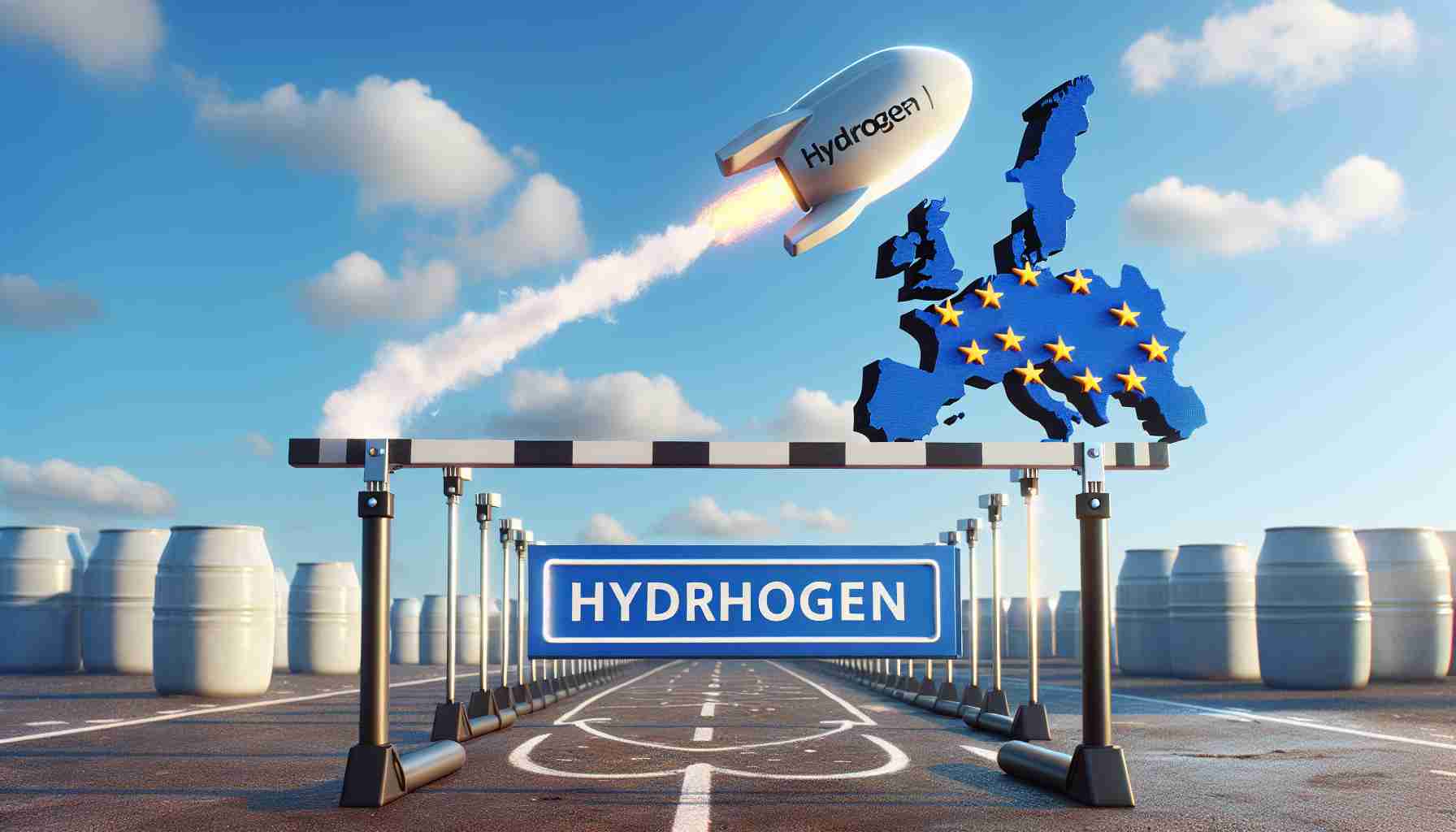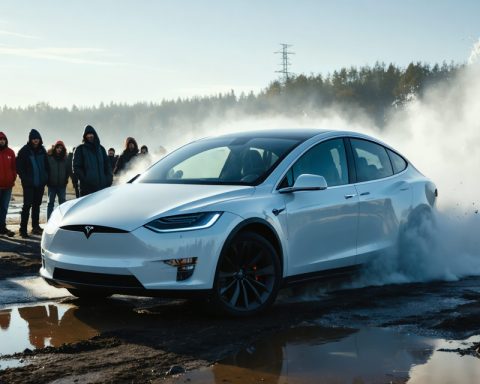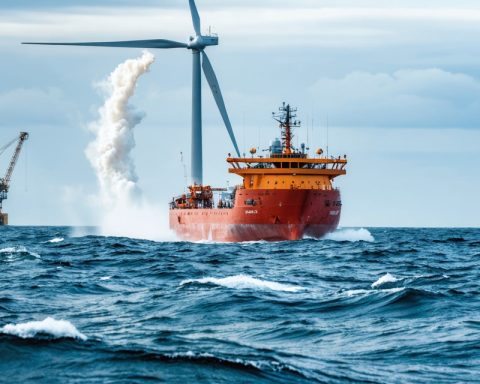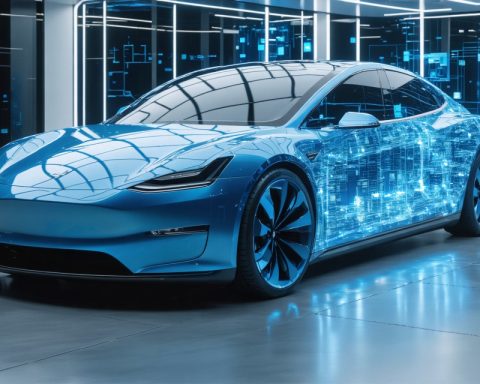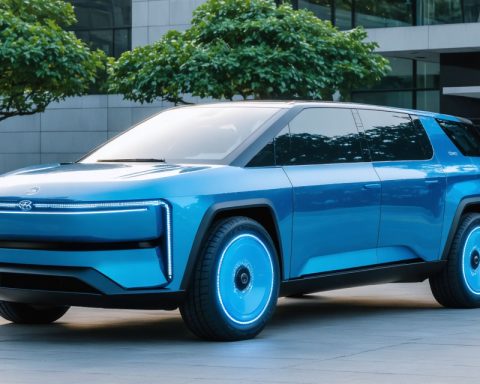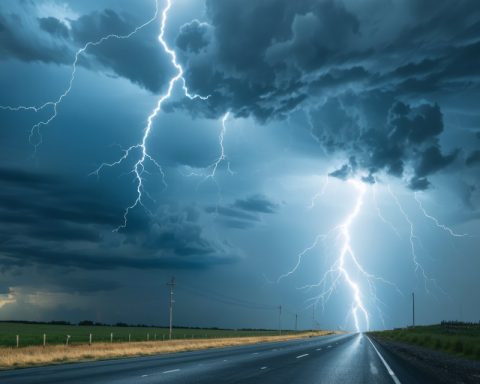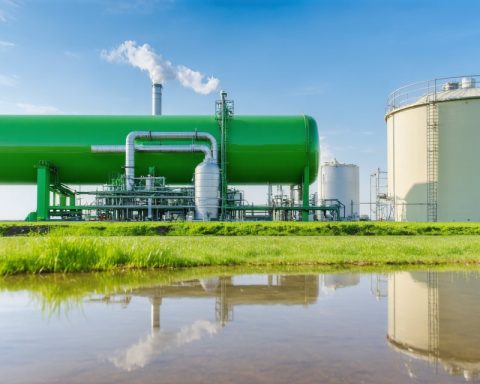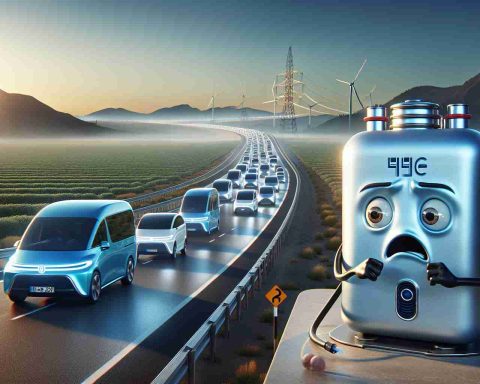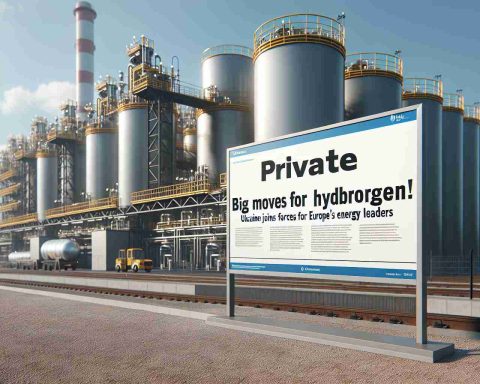Ambitious plans to cultivate a robust hydrogen economy in Europe are running into formidable obstacles. The European Union’s aspirations to integrate 62 gigawatts of electrolyzer capacity by 2030, aiming for a climate-neutral future, are facing stark reality checks. As of late 2023, the continent had installed a mere 62 megawatts, representing just 0.1% of their target, signaling a significant shortfall in reaching their renewable energy goals.
The core issue revolves around the limited consumption of green hydrogen—a clean energy alternative to fossil fuels. In 2023, the EU’s hydrogen consumption decreased by 2.5% from the previous year, with usage largely confined to industries like chemical manufacturing and steel production. Alarmingly, over 99% of Europe’s hydrogen is derived from fossil fuels, with renewable hydrogen still struggling to secure a foothold due to high production costs and inadequate infrastructure.
Europe’s energy crisis, intensified by geopolitical tensions such as Russia’s invasion of Ukraine, has shifted focus back to traditional energy sources. This situation forced the EU to prioritize gas imports, adding significant regasification capacity since 2022, and divert attention from hydrogen initiatives.
Globally, a hydrogen future remains a promise, yet a challenge—countries like the U.S. and China are making strides with substantial investments and numerous projects. Nonetheless, securing committed buyers for hydrogen remains elusive, with only 12% of projects having solid offtake agreements. Industries contemplating the switch to hydrogen face crucial economic hurdles, requiring costly modifications to existing systems.
The path forward for Europe’s hydrogen landscape demands critical investments and innovative solutions to address the economic and infrastructure challenges stalling this promising green technology.
The Untold Story of Europe’s Hydrogen Struggle: Hidden Impacts and Startling Realizations
The pursuit of a hydrogen economy across Europe, though laudable, uncovers an array of challenges that tip the scale of its success in unexpected ways. While the lofty ambition of 62 gigawatts of electrolyzer capacity by 2030 seems increasingly elusive, what remains largely unspoken is how these hurdles impact regular citizens, industries, and broader geopolitical dynamics.
Hidden Economic Impacts on Communities
While much of the focus remains on the macro implications, such as renewable energy goals, local communities are facing economic strains that are not widely reported. Stakeholders in regions relying heavily on traditional energy jobs, such as coal and natural gas industries, are caught in a dilemma. Transitioning to hydrogen technology could theoretically open new job markets, but the prohibitively high initial costs delay immediate benefits.
Social Controversies and Environmental Paradoxes
Interestingly, while hydrogen is heralded as a clean fuel, the processes currently employed to produce it are primarily fossil-fuel-based, leading to a controversial paradox. Communities are raising concerns about the genuine environmental benefits, given that over 99% of hydrogen in Europe stems from non-renewable sources.
Does the Hydrogen Economy Benefit Everyone?
A crucial question arises: Does transitioning to a hydrogen-focused energy landscape truly benefit everyone, or does it widen existing technological and economic gaps? The trend reveals areas where only advanced economies or wealthy industrial sectors can afford the switch, potentially sidelining lower-income nations and industries.
How Are Other Nations Faring?
Countries like the United States and China are also vying for a piece of the hydrogen future. Yet, they encounter similar bottlenecks with infrastructure and economic viability. However, their substantial investments are already stimulating supply chains, although reliance on fossil fuels continues to plague global hydrogen initiatives.
Potential Solutions and Questions on Future Strategies
The million-dollar question remains: How can Europe ignite its hydrogen revolution? Integration of tax incentives, governmental grants, and public-private partnerships could offer a lifeline, but who bears the financial burden? This collaboration might set the stage for disruptive technologies, such as advanced electrolyzers and improved storage systems, but what innovative models will rise to fruition?
What makes the entire endeavor fascinating is the resolve of individual pioneers and grassroot movements aiming to champion decentralized energy efforts. The technologically engaged youth are innovating small-scale projects, yet their impact remains nominal without widespread structural support.
In conclusion, Europe’s journey towards a hydrogen economy is a multifaceted saga unfolding with economic, social, and global implications. As the conversation evolves, it’s pivotal to ask if alternative paths should be considered, or how existing strategies could be refined to inclusively and sustainably meet the continent’s renewable energy goals.
